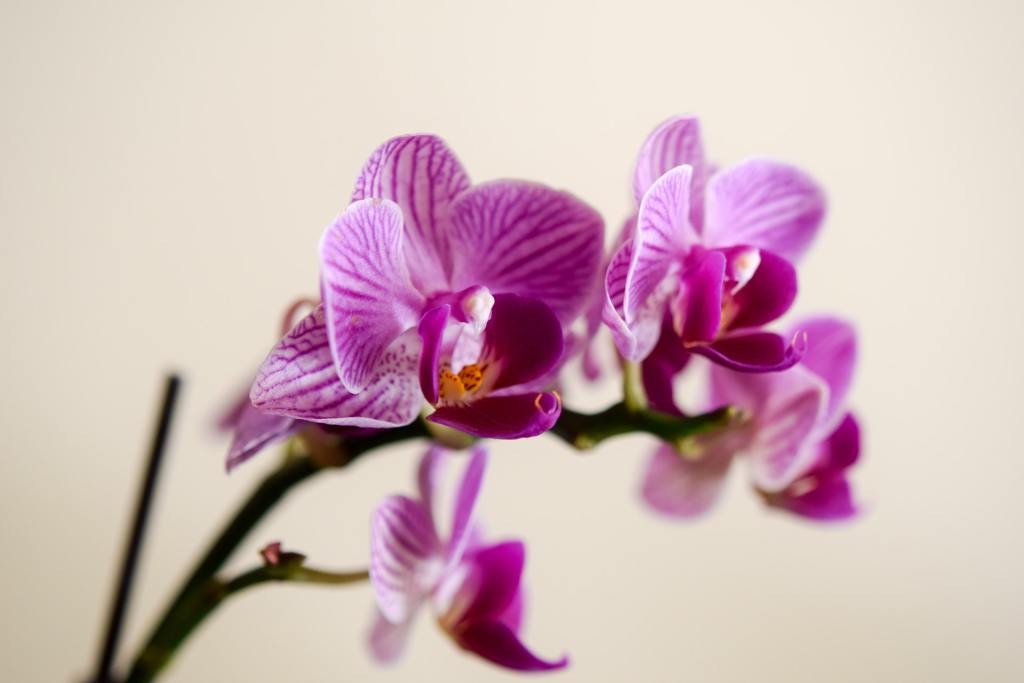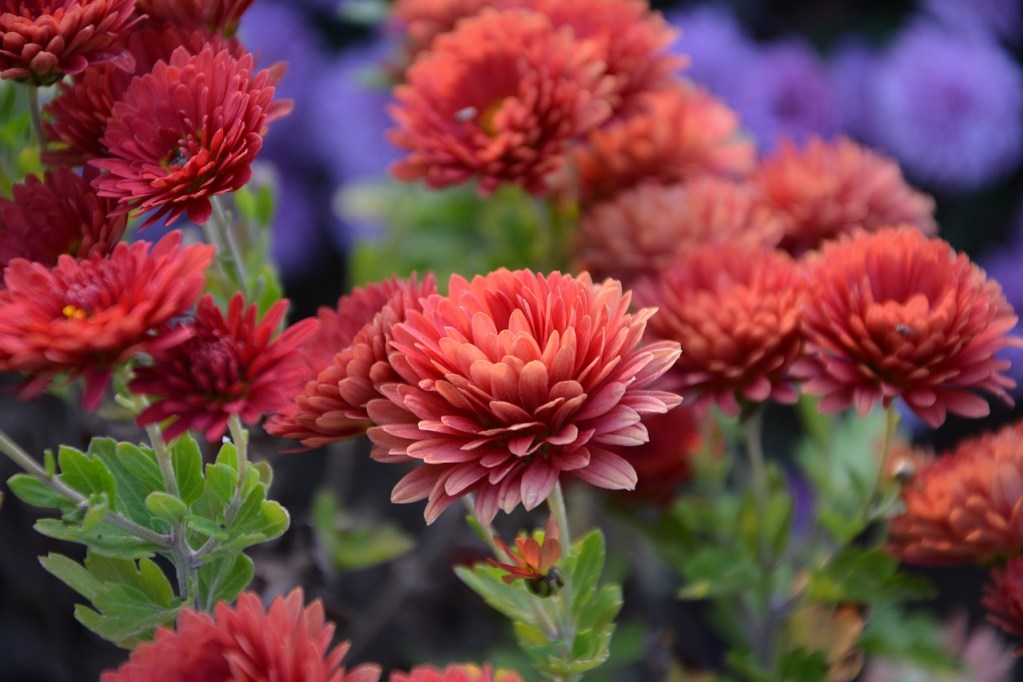Around Lunar New Year (January 22), you’ll find winter blooms in stunning displays in Asian markets and stores. Besides lucky bamboo and money trees, it’s a season marked by vibrant orchids, peonies, and mums. Some people like to keep it simple by arranging their flowers in minimalistic pots, while others embrace the holiday spirit by adorning their plants with charming ornaments and red envelopes. However you like to flaunt your blooms, you’ll have a range of choices for Lunar New Year flowers that represent fortune and new beginnings.
For context, cut flowers and white flowers are often associated with funerals in Asian cultures, so some people avoid them during the new year. That said, the rules aren’t set in stone, so pick flowers as you see fit. You also don’t need to worry about getting your flowers too early because it’s actually auspicious if they bloom at the beginning of the new year as opposed to before it.
If you’re looking for the perfect flowers to display or gift for Lunar New Year, here are our top picks. Below, we detail what these lovely blooms symbolize and how to keep them thriving after your festivities.
Orchids
With delicate blooms and vibrant colors, orchids symbolize abundance and fertility. Around Lunar New Year, you’ll see classic yellow and purple moth orchids sold as gifts at grocery stores, farmers markets, and nurseries. When it comes to what flowers to pick out, orchids with multiple spikes and lots of blooms are especially lucky. The flowers can last for months, and you can keep your plant alive long after they fade. For a thriving orchid, supply plenty of bright indirect sunlight, warm temperatures, high humidity, and consistent watering throughout the year.
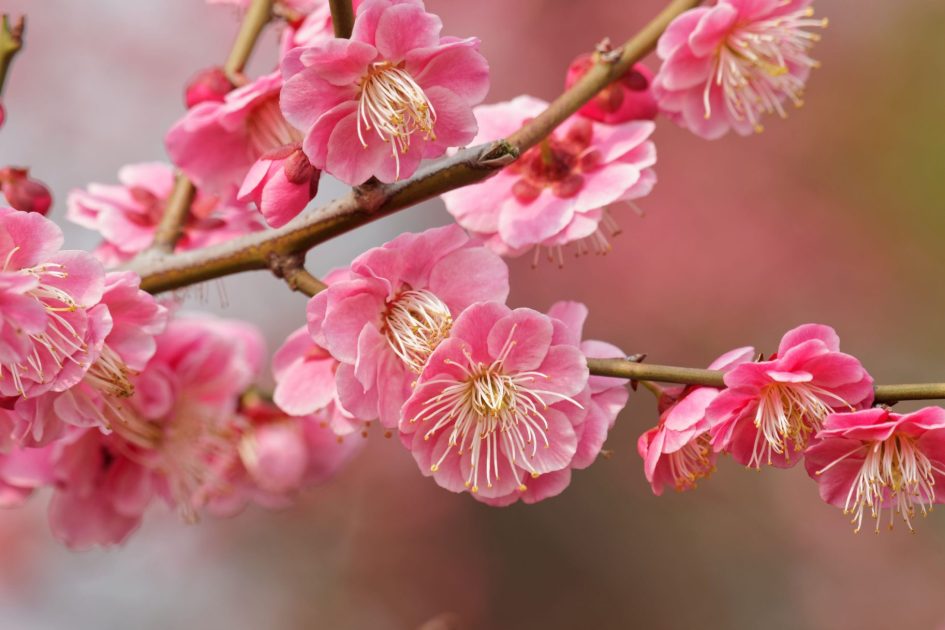
Plum blossoms
Plum blossoms represent endurance and bravery, as they’re known for growing in the cold between winter and spring. You can find plum trees in parks, gardens, and Buddhist temples at the end of winter. And you might see plum blossom branches with blooms around Lunar New Year, but potted plum trees are fairly common as well. In fact, it’s actually ideal to grow plum trees in late winter or early spring. When it comes to care requirements, plum trees thrive in loamy soil in areas with full sun, which encourages them to yield their beautiful flowers and sweet fruit.
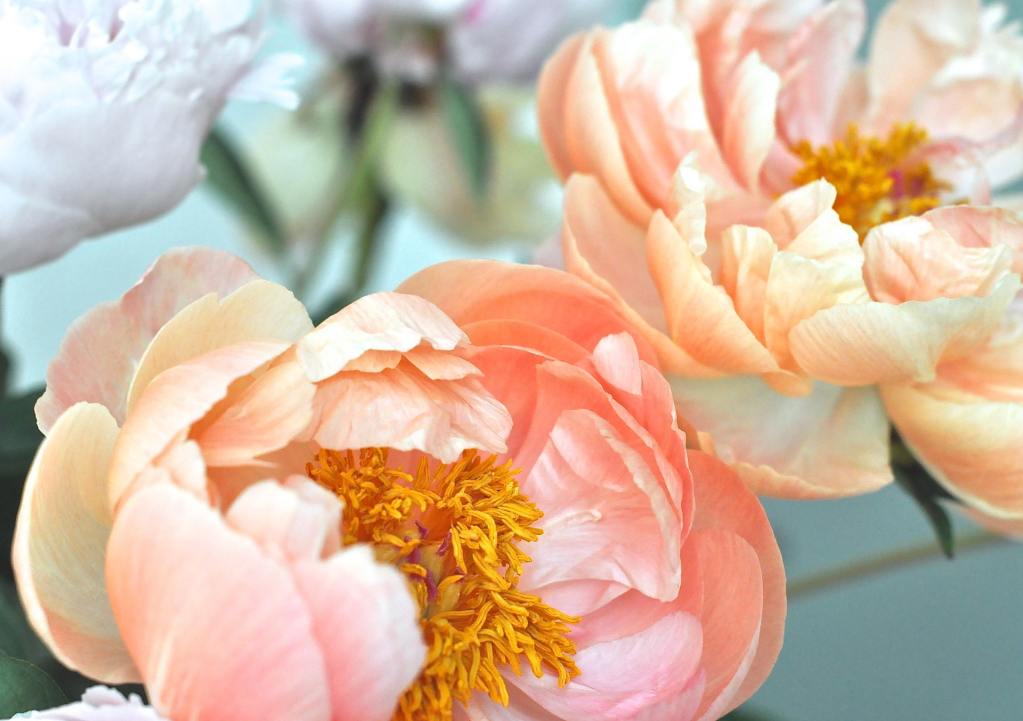
Peonies
Full, fragrant peonies associated with prosperity and honor are common during Lunar New Year celebrations. Especially lucky are red peonies, as red is the color of fire and good fortune. Perennial to climate zones 3 to 8, peonies thrive in loose, well-draining soil with full sun and occasional watering. If you have a potted variety, deadhead the flowers to keep your plant neat as blooms develop through midsummer.
Chrysanthemums
Around Lunar New Year, golden and purple chrysanthemums (or mums) are typical fixtures in Asian grocery stores and households. They symbolize happiness and fortune, often found potted with lucky red envelopes. Here’s one thing to consider: Yellow and white mums (especially cut ones) are sometimes associated with funerals, so they may sometimes be better suited for furnishing altars than gifting to friends.
To keep them thriving throughout spring and summer, you can move your chrysanthemums into a large pot or plant them in a window box or outdoor garden. Deadheading your mums and providing them with ample growing space and full sun helps them to continue blooming throughout the growing season.
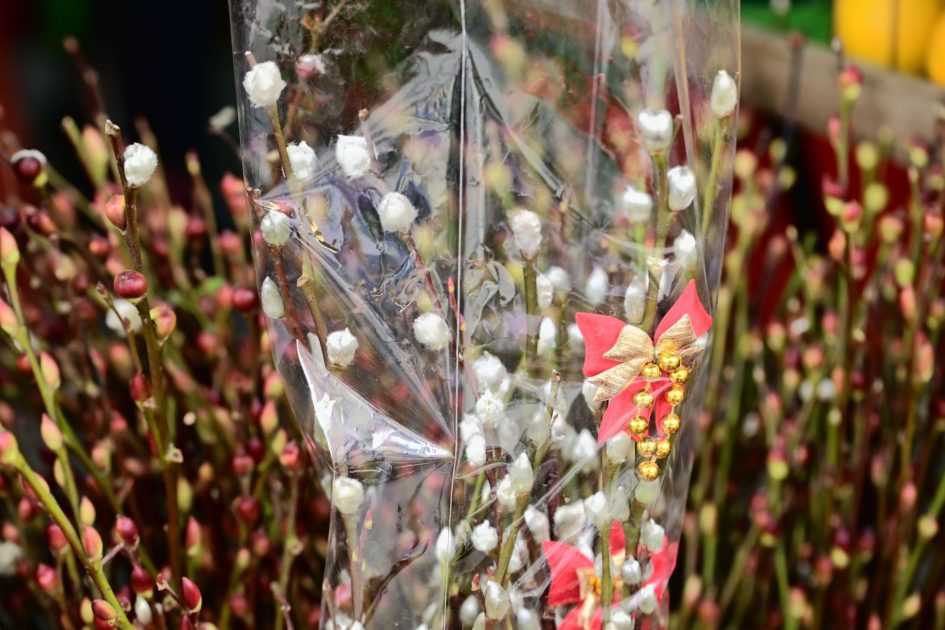
Pussy willows
Often displayed in vases or pots with lucky ornaments hanging from them, pussy willows symbolize growth and prosperity as Lunar New Year plants. They feature branches with fuzzy catkins (or flower spikes) — the blooms may even be dyed different colors, such as scarlet, for the new year.
If you want to grow or propagate your own pussy willow, make sure you have relatively wet soil for this wetland shrub. Best suited for zones 4 through 8, pussy willows grow relatively quickly and can reach up to 25 feet tall. Because they’re fragile plants, pruning them down keeps them compact and strong.
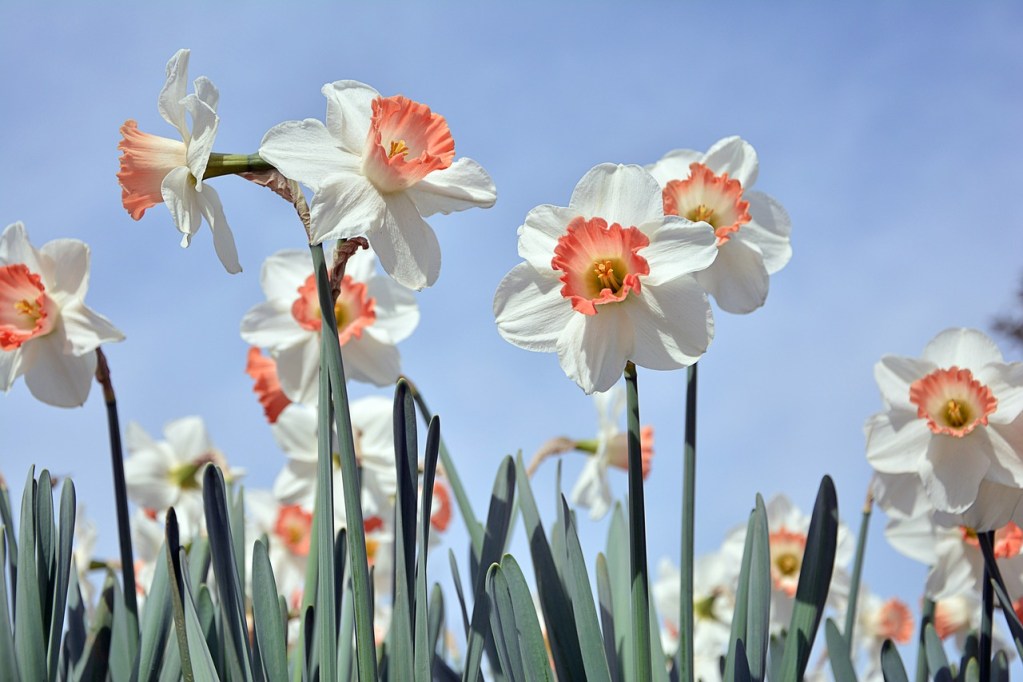
Narcissus
Narcissus (or Pink Charm daffodil) flowers are considered lucky during Lunar New Year because they tend to bloom early in the year. Also called “water fairy flowers,” they’re beloved for their sweet-smelling fragrance and invite good fortune. You’ll likely find them as clusters of bulbs in shallow decorative pots. After a potted narcissus stops blooming, you can allow its leaves to die and store the bulbs in a cool, dark place. Then, come summer or autumn, you can replant these bulbs.
To care for them, keep the flowers in well-draining soil under full sun. Be sure to keep the soil consistently moist and apply a low-nitrogen fertilizer at the beginning of the growing season. All parts of the narcissus flowers are toxic to humans and animals, so keep an eye out for kids and pets.
Come Lunar New Year, invite color and prosperity into your home with beautiful blooms. You certainly aren’t limited when it comes to variety. From elegant orchids to lush peonies, you’ll find a Lunar New Year flower that suits your specific style preferences and climate conditions.
Editors' Recommendations
- Plant these stunning flowering shrubs for a showstopping garden display this spring
- 3 incredible reasons why you should be using coffee grounds in your garden
- Have a gross mealybug infestation on your plants? Try one of these remedies
- These plants should be among the first you plant this year
- Unique and whimsical flowers to add to your collection for a fairy-tale garden landscape this spring

